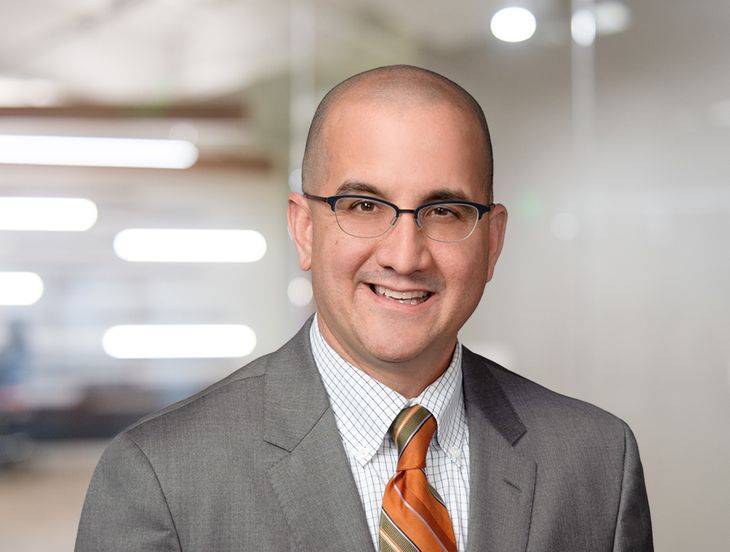California Expands Paid Sick Leave: 5 Key Steps Employers Can Take to Prepare
Insights
10.05.23
In the wake of numerous California cities passing local Paid Sick Leave (PSL) ordinances in recent years, the State of California has now taken matters into its own hands – and created yet more hurdles for employers. Late yesterday afternoon, Governor Gavin Newsom signed into law SB 616, which expands California’s existing paid sick leave law – the Healthy Workplaces, Healthy Families Act of 2014 – in multiple ways. The new law’s modifications have widespread implications because they will apply to virtually all employees who work in California for 30 days or more in a year. With the vast majority of employees covered, employers must anticipate these modifications head-on. What are the five steps you can take to prepare for this new law, which will take effect on January 1, 2024?
New Law in a Nutshell
Specifically, the new law will modify existing paid sick leave law by:
- Increasing the annual amount of PSL an employee is entitled to under either the frontload or accrual method from 24 hours or three days to 40 hours or five days;
- For employers who utilize an accrual model other than one hour of leave for every 30 hours worked, increasing the number of PSL hours accrued to 40 hours by their 200thday of employment, in addition to accruing at least 24 hours of PSL by their 120thday of employment;
- Increasing the number of days of carried over PSL an employee can use each year from 24 hours or three days to 40 hours or five days;
- For employers who offer paid leave, increasing the number of days of paid leave an employee is eligible to receive from 24 hours or three days within nine months of employment to 40 hours or five days within six months;
- Increasing the cap on an employee’s accrual of PSL from 48 hours or six days to 80 hours or 10 days;
- Extending certain procedural and anti-retaliation provisions of existing law to employees who are covered by a valid collective bargaining agreement that provides for different paid sick leave obligations; and
- Preempting any local cities’ PSL ordinances with less generous leave requirements to establish the state-wide minimums described above.
Preparing For This Law: 5 Steps to Take
Frustrating as these new changes are, employers must work quickly to ensure their compliance by January 1, 2024, when these additional leave policies are set to take effect. You can take several steps now to proactively ensure you are in the best possible position come January. These steps include:
- Review whether any of the local PSL ordinances applicable to your organization are preempted by the new law or whether they will remain unaffected.
- Update your written sick leave policies, employee handbooks, and training materials to ensure compliance, as handbook language regarding sick leave that is not compliant with these modifications could be used in an attempt to establish violations.
- Train managers and supervisors on the increased amount of PSL to which employees are now entitled and the carry over and accrual cap changes affecting their workforce.
- Train your human resources and benefits specialists on these changes to ensure that employees can begin accruing the correct amount of PSL. Make sure you are correctly carrying over and capping the appropriate amounts of PSL employees are entitled to.
- Review the new law with your company’s payroll processor to ensure that the accrual and frontloading allowances are correct and that wage statements accurately reflect the PSL to which each employee is entitled.
Because of the broad reach of California’s new PSL laws and the expensive consequences employers will face for noncompliance, it is well worth reviewing these changes now and preparing well in advance of when they will take effect.
Conclusion
If you have questions regarding best practices for updating and implementing policies responsive to this new law, please reach out to your Fisher Phillips attorney, the author of this Insight, any attorney in our California offices, or any attorney in our Employee Leaves Practice Group. Make sure you are subscribed to Fisher Phillips’ Insight System to get the most up-to-date information on this and other employment topics directly to your inbox.
